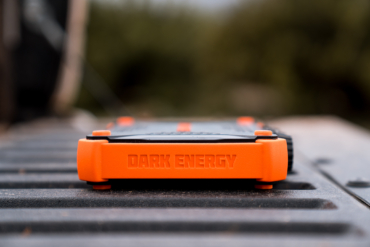Minimal and sleek, from the first time we set eyes on the stick-like Ultralite pedals we instantly wanted to clip in and try them out. The company, based in Colorado, claims title to the lightest pedal on the market and a design unlike anything else around.
We previewed the pedals in September in the story “Stick Pedals Clip into Shoes, Lightest ever Built.” Since then, we’ve been putting the pedals to the test on a range of road bikes with one of the first available pairs.
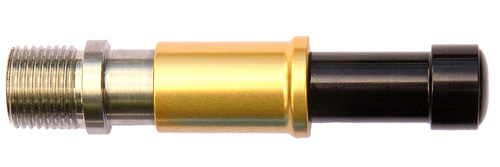
At 112 grams for the titanium Cirrus Ti set (this includes two pedals and two cleats), these truly are remarkably light — nearly half the weight of Speedplay’s lightest pedal system.
But the system carries a high entry fee — $395 for the Cirrus Ti set or $295 for the steel-shaft Nimbus model, which weigh a tad more at 146 grams for the set.
These prices are jaw-dropping, though to be fair not hugely different than something like Shimano’s flagship road pedal, the Dura-Ace Carbon, which runs $350 for the set.
Ultralite pedals look like they might be a bare pedal axle. But they are in fact an axle housed in a spring-loaded sleeve. That sleeve rides on grease-less bearings and moves laterally to engage a cleat.
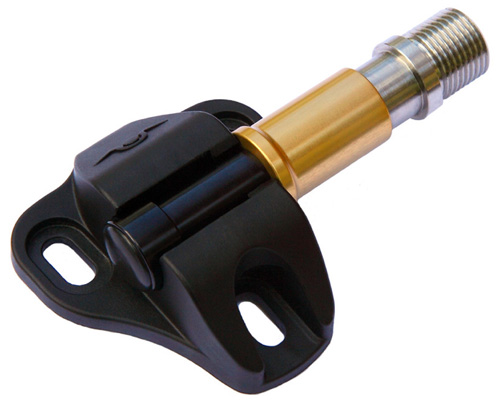
Unlike all other pedals, there is no platform whatsoever to support the foot — a bike shoe must provide all the stiffness and support.
When asked about this design, company cofounder Bill Emerson told us “New shoes are light and stiff these days, so there’s less need for the pedal to support the foot. There’s also a mechanical advantage to having less rotational weight in a lighter package.”
Though the Ultralites may look like a replica of the Aerolite pedals that have been around for decades, they are different in the way they work. Emerson said he tried the Aerolite pedals years ago but didn’t care for their design.
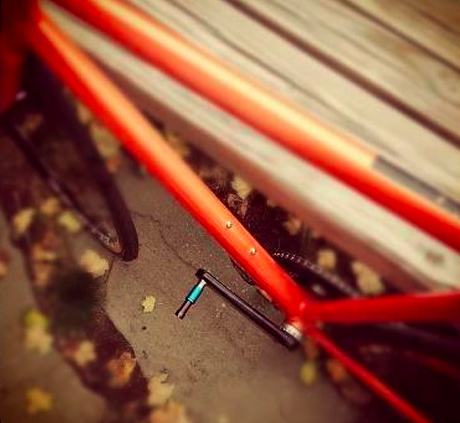
We got a pair of Ultralites to test in September. They were a pre-production set, and we found soon that engaging the cleat and pedal is trickier than it looks. Even after riding the pedals for a couple weeks, I struggled to find the sweet spot that engaged my cleat to clip in.
Without a doubt, the learning curve to getting into these pedals is steeper than any pedal we’ve ever tried. You need to snag the cleat just so on the small pedal rod, pushing the sleeve back a few millimeters to snap in.
It’s not easy. One of our Team GearJunkie athletes, an experienced rider, struggled for a minute just to clip in both feet. Then he almost tumbled over trying to get out.
Exiting the pedal is a bit easier than getting in, but still awkward. Unlike nearly every other pedal system, the UL’s want you to pull your foot in toward the frame of the bike while rolling your foot upward.
It takes some getting used to and several times I nearly fell over trying to exit the pedals. I’ve also kicked my frame and bottle cage several times during disengagement.
Testing the Ultralites was like learning clipless all over again — except harder. We are told that the machining has been improved to make entry and exit more smooth on new versions of the pedals, but we’ve yet to test them out.
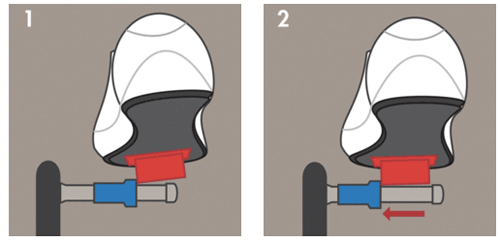
Once moving and pedaling, the Ultralites disappeared underfoot. Out-of-the-saddle sprints, hill attacks and hard efforts are rewarded with a powerful, efficient feel.
We wore high-end road shoes, and the platform-less pedals were not an issue — the stiff shoe sole provided enough support to power each pedal stroke. With the standard, non-float version of the cleat, my foot definitely felt “one with the crank-arm.” This was where the UL’s shined.
Off the bike, the shoe cleats are very tall, making walking a clumsy chore. The cleat, machined from hard plastic, is simple and lightweight. But a small contact area with the ground makes them slippery on many surfaces. (New cleats have been updated with rubber contacts to address this issue.)
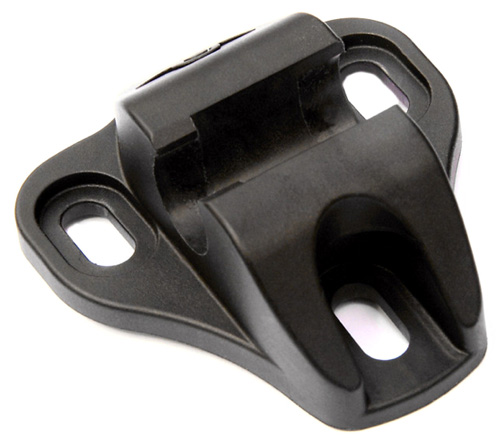
The pedals are marketed as road pedals only, and for good reason — the cleat easily clogs with debris, making engagement nearly impossible until they are thoroughly cleaned.
Our preproduction pedals shipped with a zero-float cleat, but a second version is available with four degrees of float for slight shoe movement as you spin. Pedal width is adjustable simply via included washers between the crank arm and pedal.
Who would want to use these hard-to-clip, expensive pedals? In my opinion, Ultralites belong solely within competitive racing circles. An ideal use for the Ultralites might be for a track or maybe crit racer. Neither is too concerned about getting in or out quickly but wants to save weight, especially rotating weight.
These are not good pedals for casual town cruises or for training rides where getting on and off the pedals is necessary.
If you highly favor extreme light weight, or just love trying new approaches, these pedals will not disappoint. They are seemingly made well and have a sleek design that, if it was easier to clip in and out of, we’d likely give a thumbs-up.
But for ease of use and affordability there are far better options. The only consequence being a few extra grams of weight as you ride on down the road.
—T.C. Worley, based in Minneapolis, covers the bike industry for GearJunkie.





